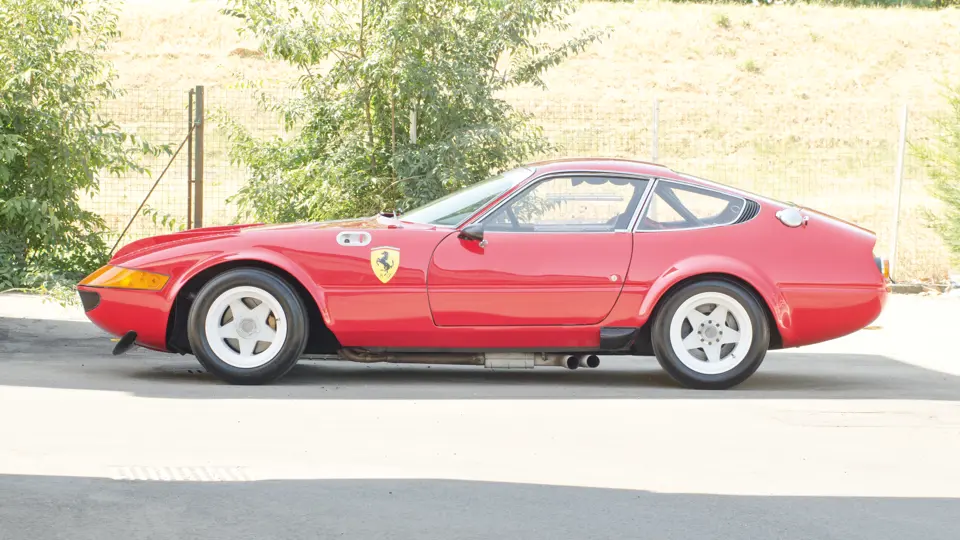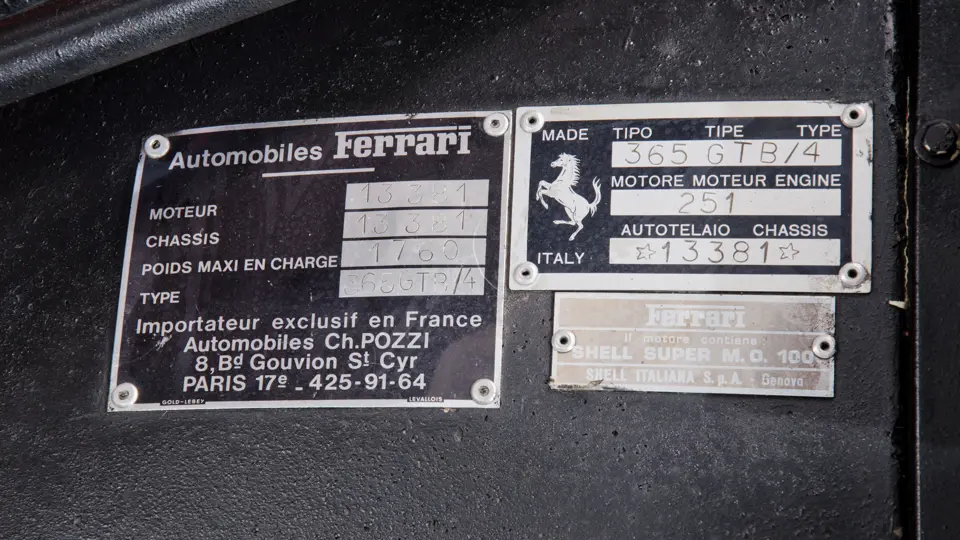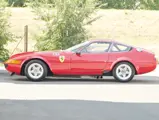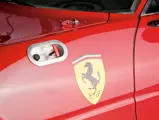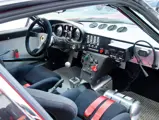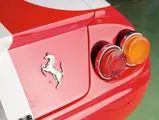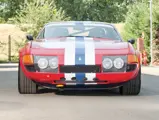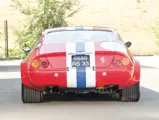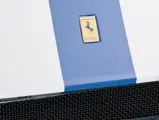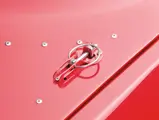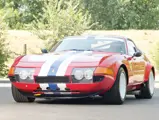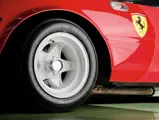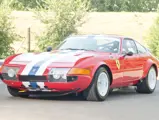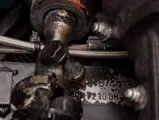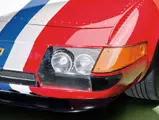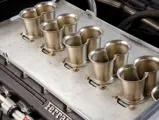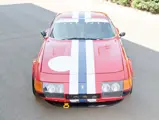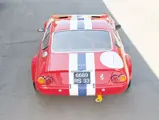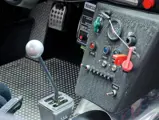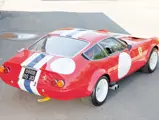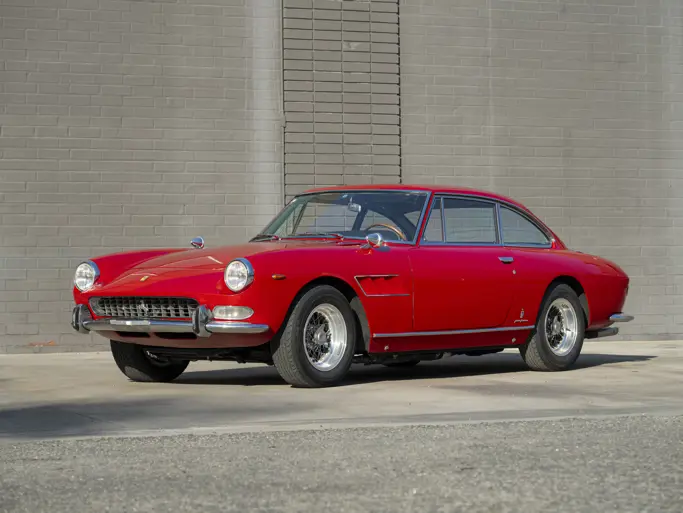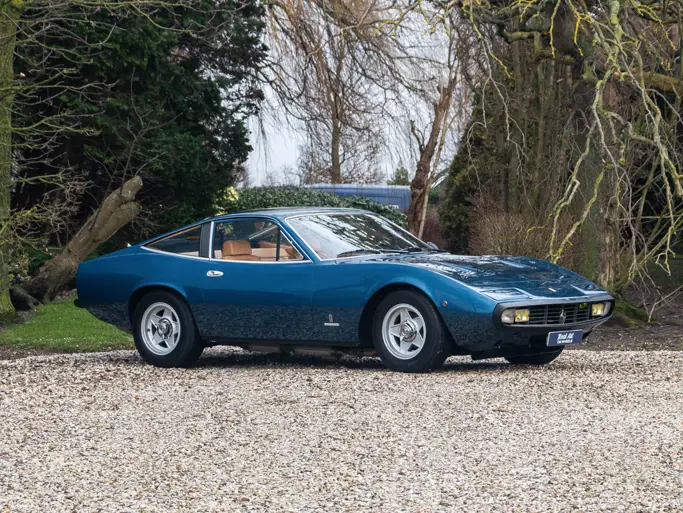352+ bhp 4,390 cc dual overhead cam V-12 engine, six Weber carburettors, five-speed manual rear-mounted transaxle, four-wheel upper and lower wishbone coil spring independent suspension, and four-wheel disc brakes. Wheelbase: 94.5 in.
• Converted to competizione specifications
• Freshly rebuilt engine and cosmetically freshened
• Current HTP papers; eligible for all FIA-sanctioned events
• Ferrari’s final front-engine V-12 racing berlinetta
In the pantheon of the world’s most significant sports cars, few models loom as large as the 365 GTB/4 Daytona, which proved to be the last of Ferrari’s long line of vintage front-engine V-12 grand touring cars. With a unique angular wedge design penned by Pininfarina and built by Scaglietti, the 365 GTB/4 formidably challenged Lamborghini’s Miura for supremacy in the realm of Italian supercars.
As Ferrari lore holds, the 365 GTB/4 was unofficially dubbed the Daytona by the factory during development in the late-1960s, in honour of the 1-2-3 finish by a trio of 330 P4 race cars at the 24 Hours of Daytona in 1967. After the moniker was leaked to the public, however, a furious Enzo Ferrari banned the use of the name Daytona within the model’s official nomenclature, though it obviously stuck with the general public and the motoring press. Regardless of the accuracy of this account, it is quite clear that despite the Daytona name, the 365 GTB/4 was always intended to be a road-going grand touring car, not a true dual-purpose berlinetta in the tradition of the company’s great road/racers of the 1950s.
The Daytona would have remained just another brilliant Ferrari road car were it not for the input of that venerable catalyst of many of Maranello’s brightest historical moments: Luigi Chinetti. As the founder of the North American Racing Team, as well as Ferrari’s importer and authority on the American market for European sports cars, Chinetti saw great potential for a competition version of the Daytona and ordered an example from Scaglietti with lightweight aluminium bodywork, chassis number 12547. Though the car did not finish at the 1969 24 Hours of Le Mans, Chinetti saw enough promise to develop two more competizione versions, by which time the factory finally began to take interest in the Daytona’s racing potential. In 1972, Chinetti’s foresight began to pay off when chassis number 12467 took a 5th place finish at Le Mans.
Expanding on Chinetti’s development of the car, which most significantly included the aluminium body, a roll cage, and wider rear tyres, Ferrari’s Assistenza Clienti division began to assemble competizione versions of the Daytona in the summer of 1971, producing five examples each in three different series over the course of three years. Further developments to these cars included the addition of stabilizing vertical fins to the front wings, side exhaust outlets, a chin spoiler, and a cold air box for the six-Weber carburettor intake. After one of these cars finished 4th at the 1971 Tour de France, and following the FIA’s acceptance of the Daytona in 1972 for Group IV competition, more serious upgrades were undertaken by the factory, leading to the 5th overall finish at the 1972 24 Hours of Le Mans and class wins at Le Mans in 1972 and 1973.
With only 15 cars built by the factory, private concerns soon began modifying a small number of stock Daytona examples to competizione specifications. Proving just how powerful and reliable these cars could be, a 365 GTB/4 C finished 2nd overall at the 1979 24 Hours of Le Mans, more than a decade after the Daytona was first engineered, in a remarkable display of the model’s resilient performance. Beyond this officially recognized group of privateer competizione models, an additional number of 365 GTB/4 coupés were successfully modified in more recent decades, with one even winning the 1993 Tour de France.
Originally completed as a standard factory road car on 24th April 1970, this Daytona coupé was delivered new to Parisian dealer Charles Pozzi SA, who soon retailed it to the first owner of record, a resident of Besancon, France. Service records from Assistenza Clienti reflect that maintenance was conducted on 9th November 1971, with the odometer showing 11,913 kilometres.
Sometime later, it was purchased by Arab Merbouche, of France, who eventually began a conversion to competizione specifications in the 1980s. In the early-2000s, Mr Merbouche sold the car to Guy Audebert, of Bordeaux, who commissioned the proper completion of the conversion by Jean-Louis Prehaubert, of V12 Automobiles outside of Paris. In addition to a full mechanical freshening, the body was refinished as needed, including a new coat of paint in the striped racing livery featured on Chinetti’s original competizione.
In this rakish appearance, 13381 raced at the 6 Hours of Dijon-Prenois in August 2004 and was featured on the stand of Pyrenees Auto Classic at the 2006 Retromobile in Paris. The competizione conversion took part in a number of events commemorating Ferrari’s 60th anniversary, including the relay between Biarritz and Toulouse and the 60th anniversary meeting in Maranello. In July 2007, exhibitive appearances continued at the Sport et Collection meeting at the Circuit Le Vigeant in Southern France and the Salon de l’Automobile in Lyon in October.
In its current ownership, this beautiful competition Daytona was treated to a fresh repaint by Modena-based Ferrari specialist Carrozzeria Zanasi, as well as a fresh engine rebuild by Tony Auto, located just across the street from Ferrari’s Maranello factory. Of significant note, this car is accompanied by new HTP papers that make it eligible to race in any FIA-sanctioned event, augmenting an already impressive list of vintage events and tours for which the car qualifies. Delivering the ultimate Daytona driving experience, this well-sorted and strikingly finished conversion is a faithful testament to the factory competizione cars of the early-1970s, which were the last in Ferrari’s great tradition of front-engine V-12 competition berlinettas. Chassis 13381 is sure to provide future ownership with countless visceral thrills during vintage competition, and it would add character to any collection of Maranello road-going or competition machines.






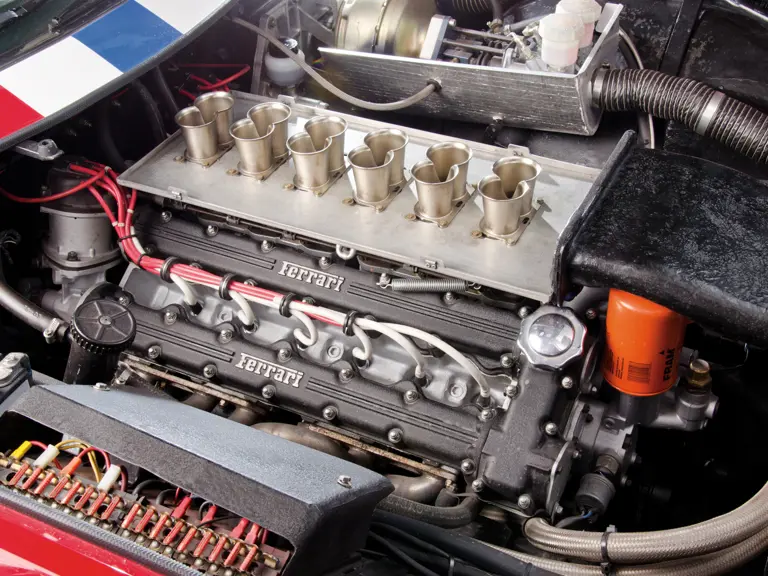


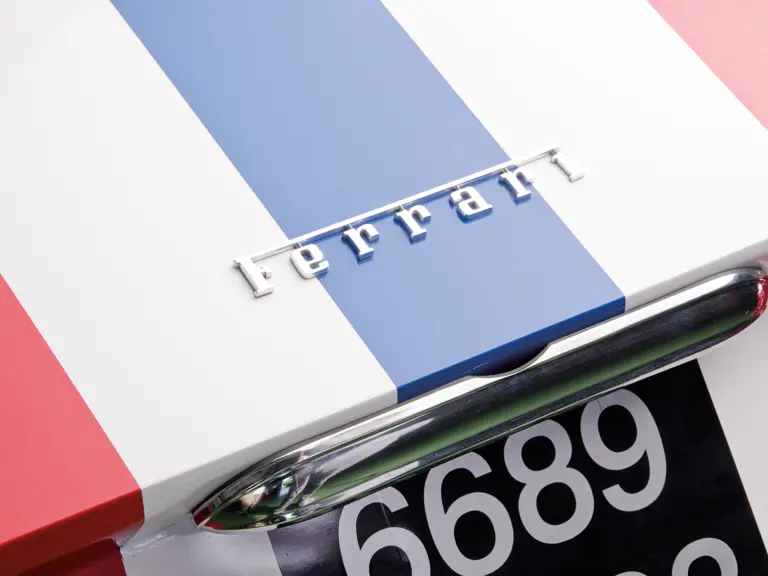
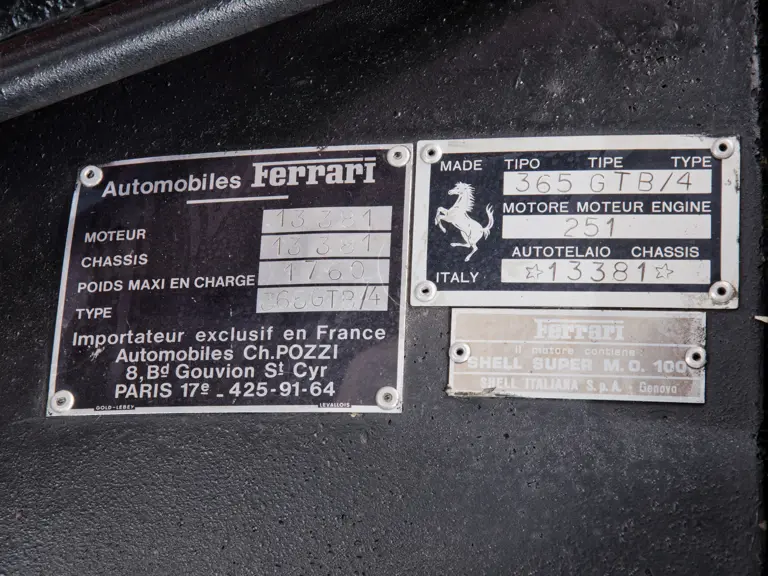


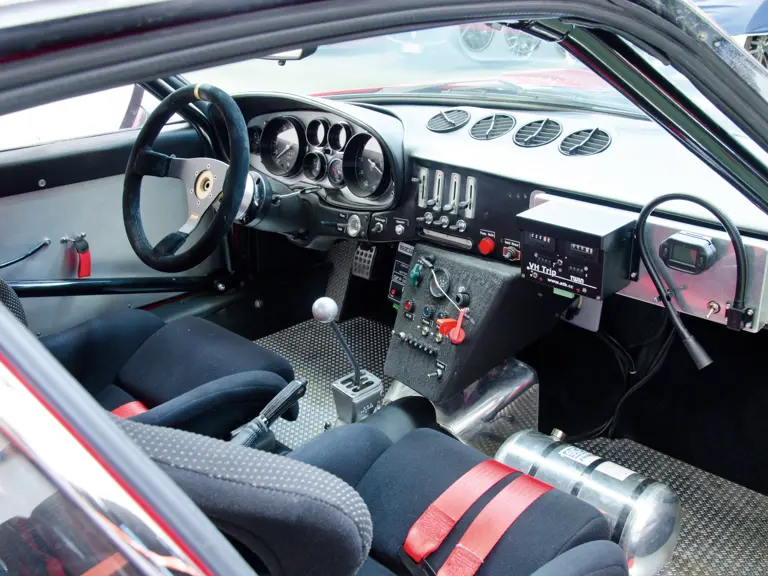
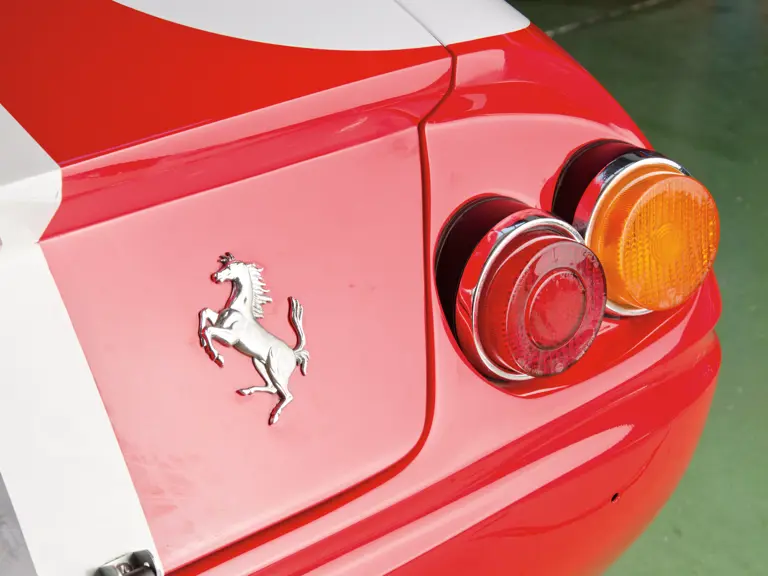
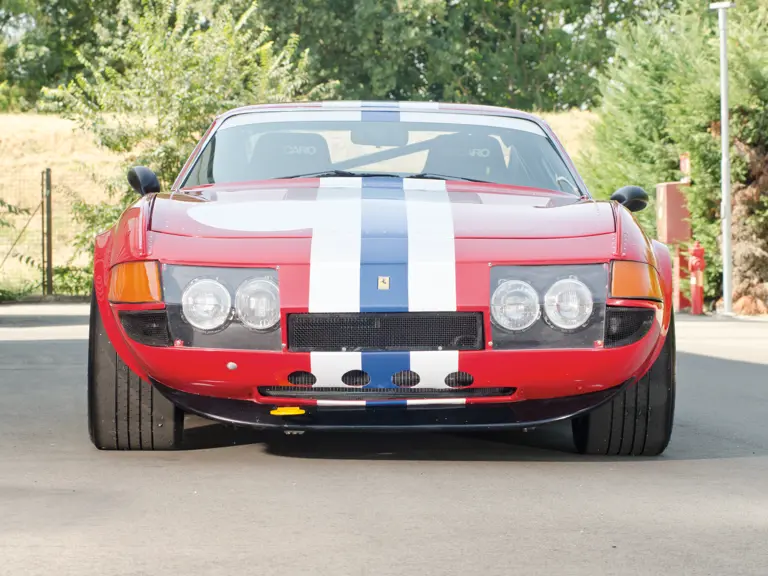

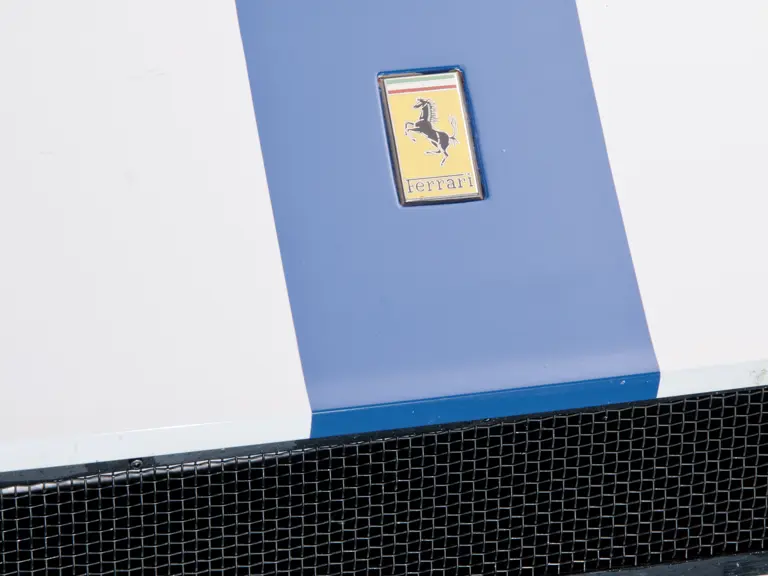


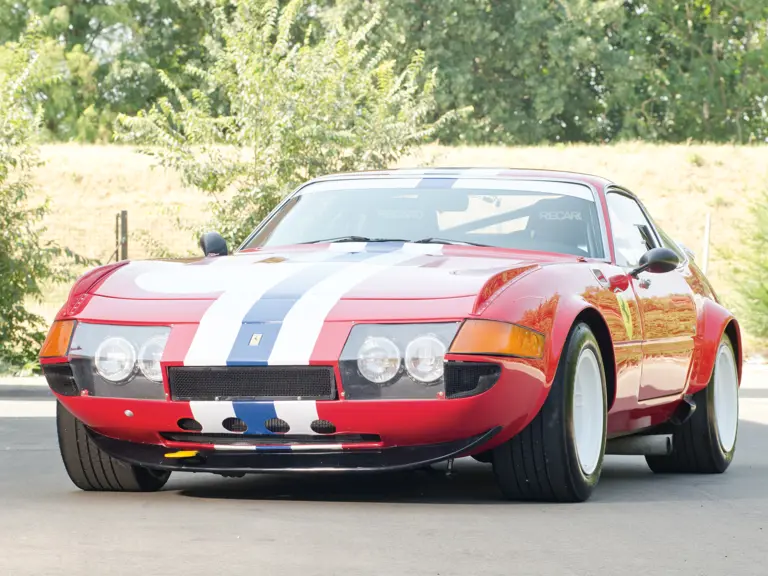

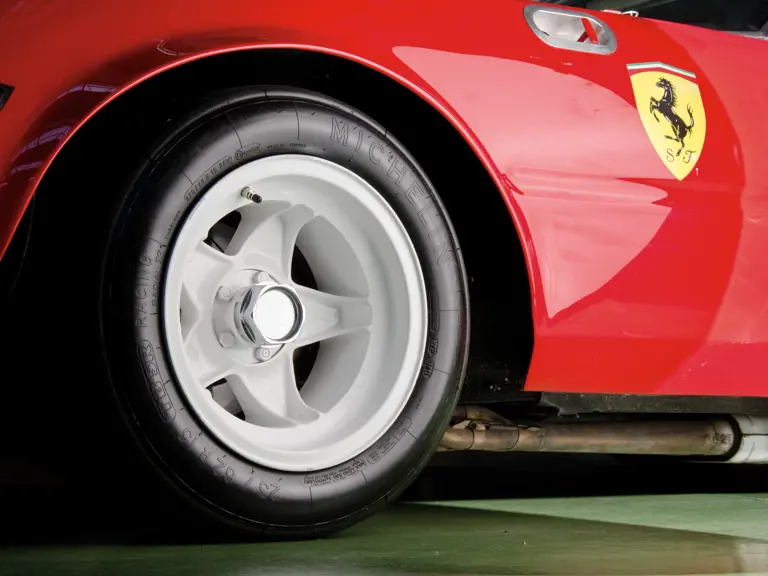

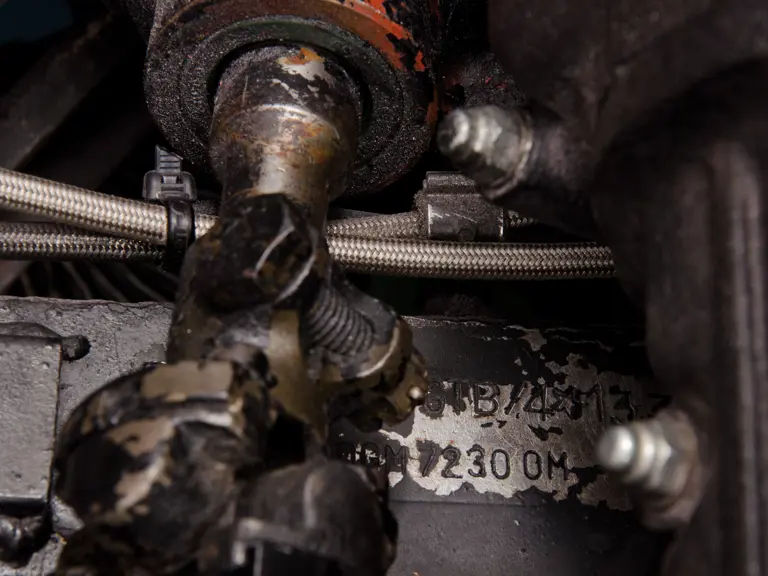
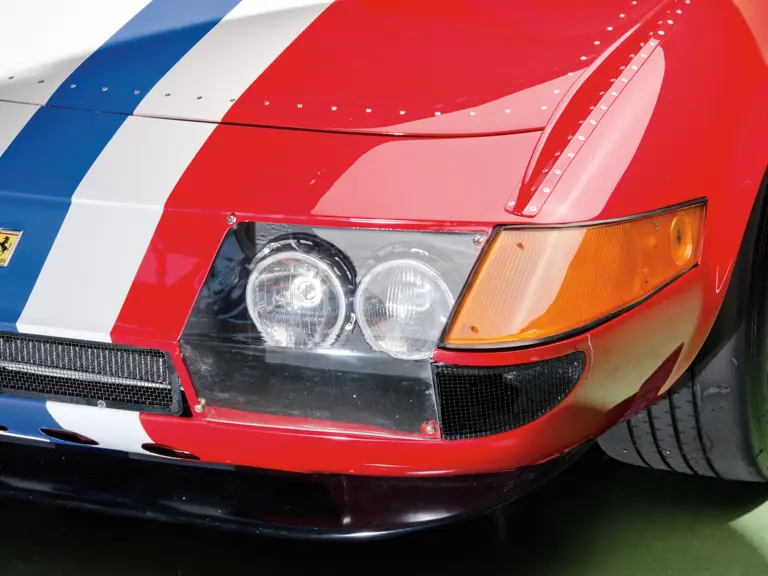
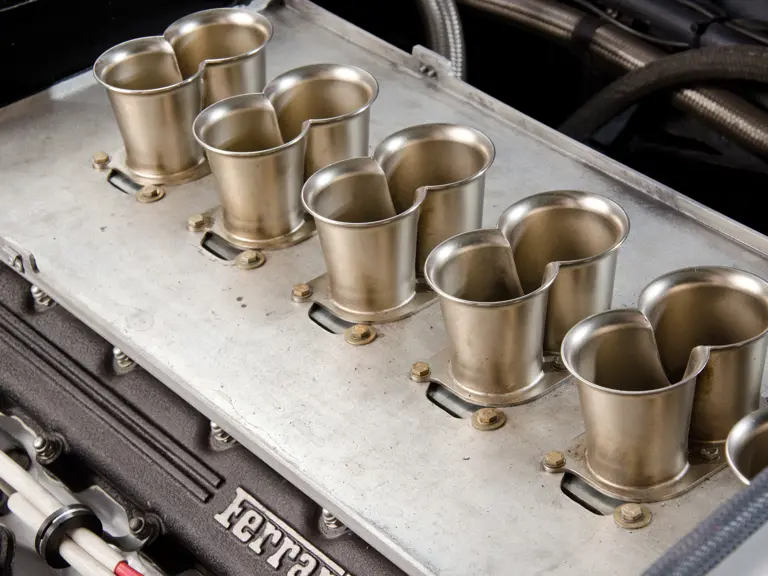



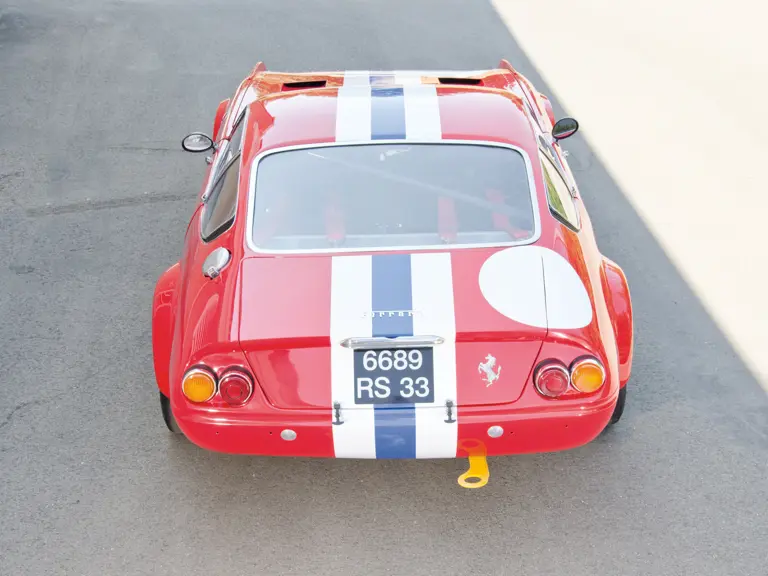
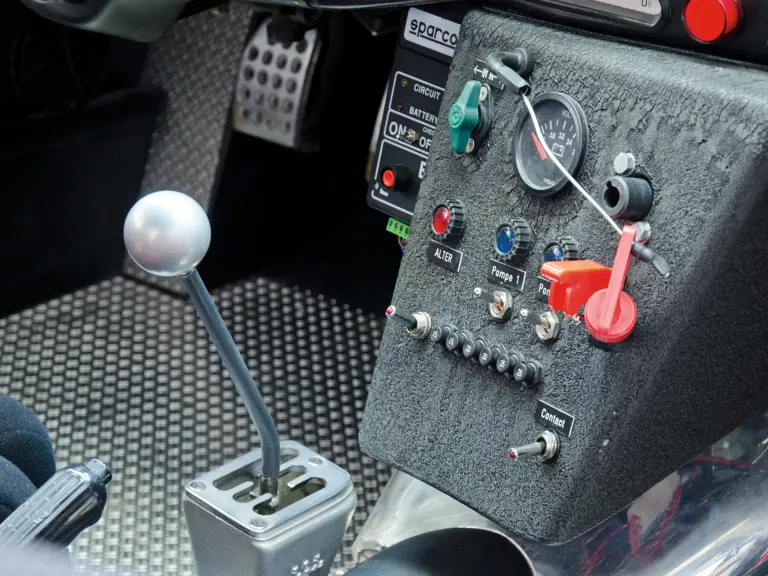
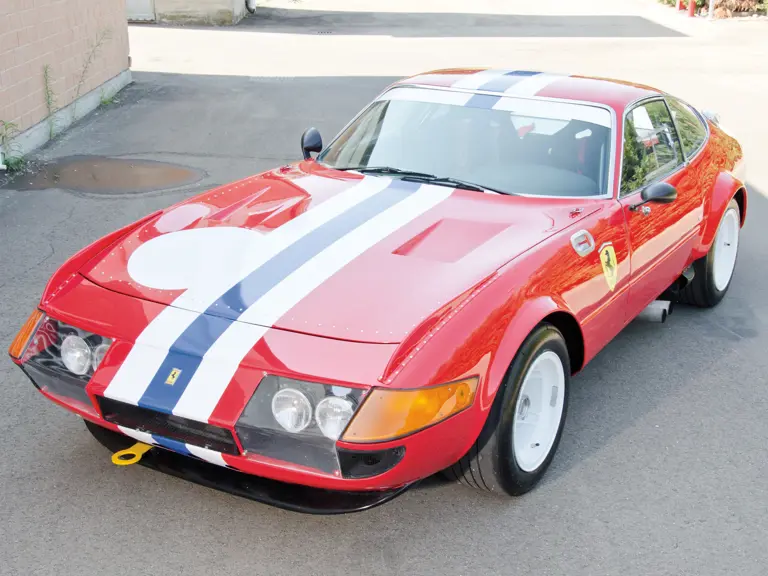


 | London, United Kingdom
| London, United Kingdom
